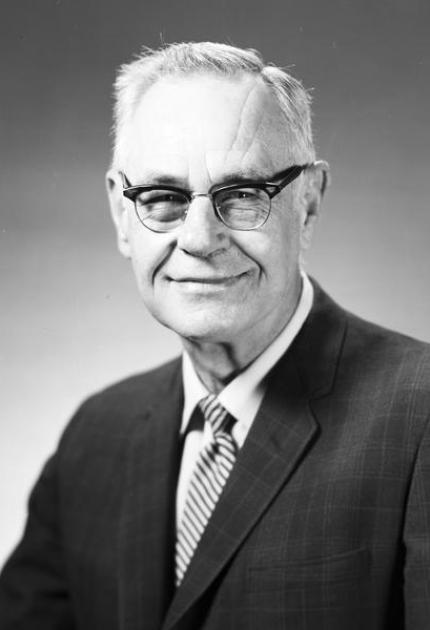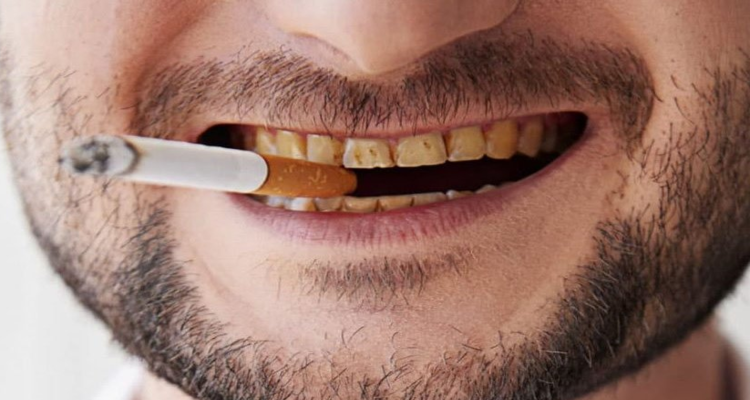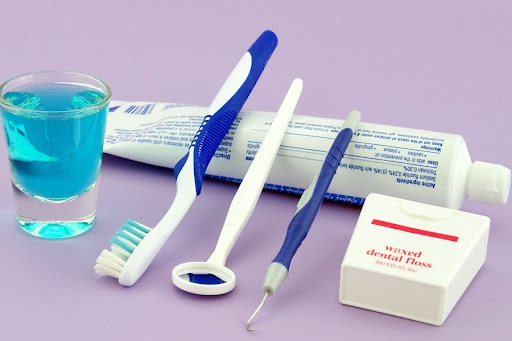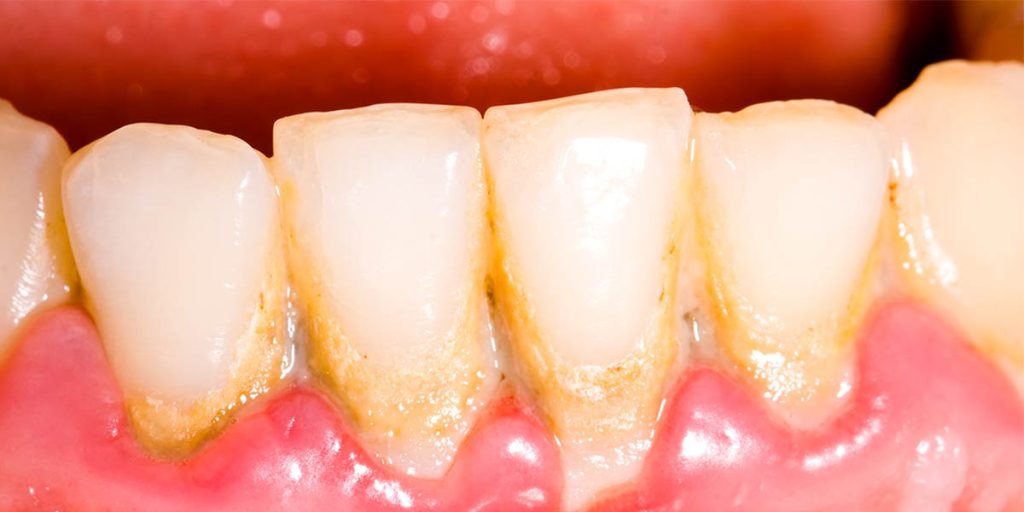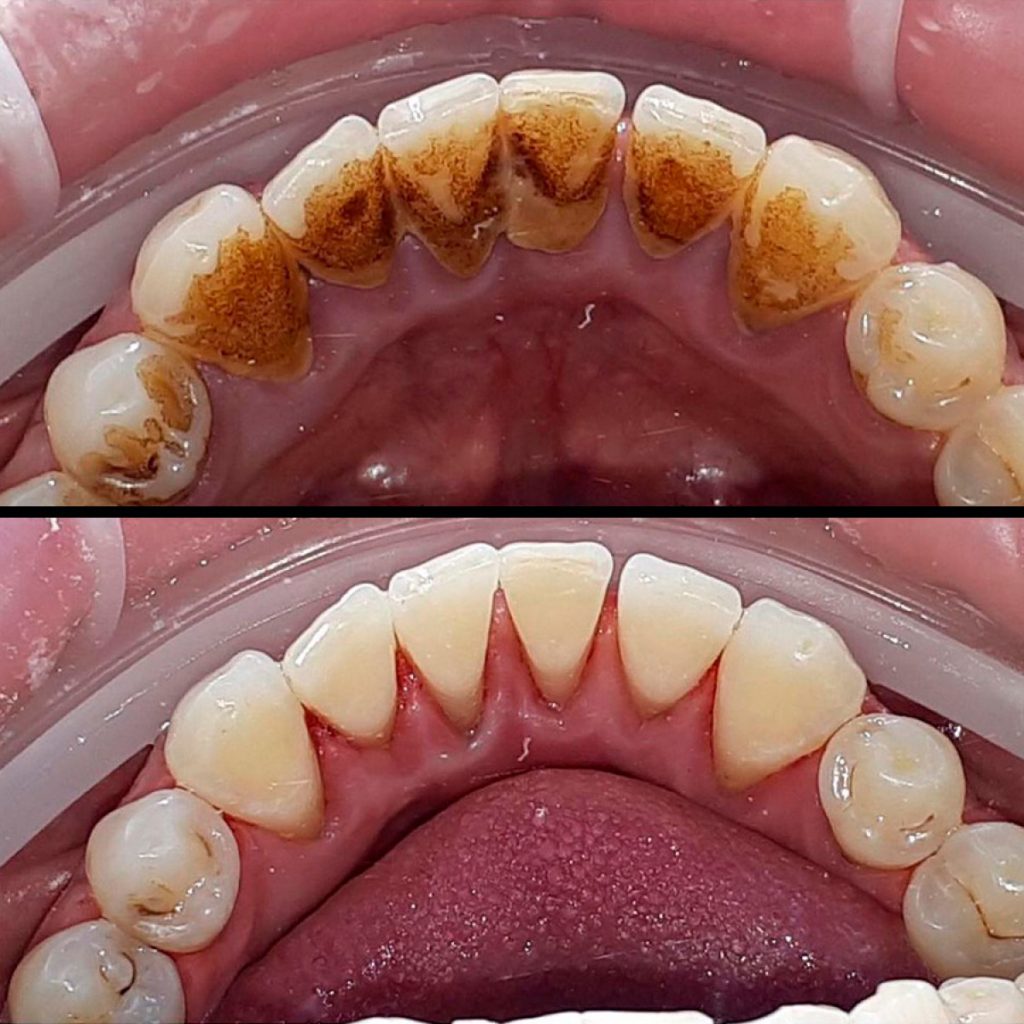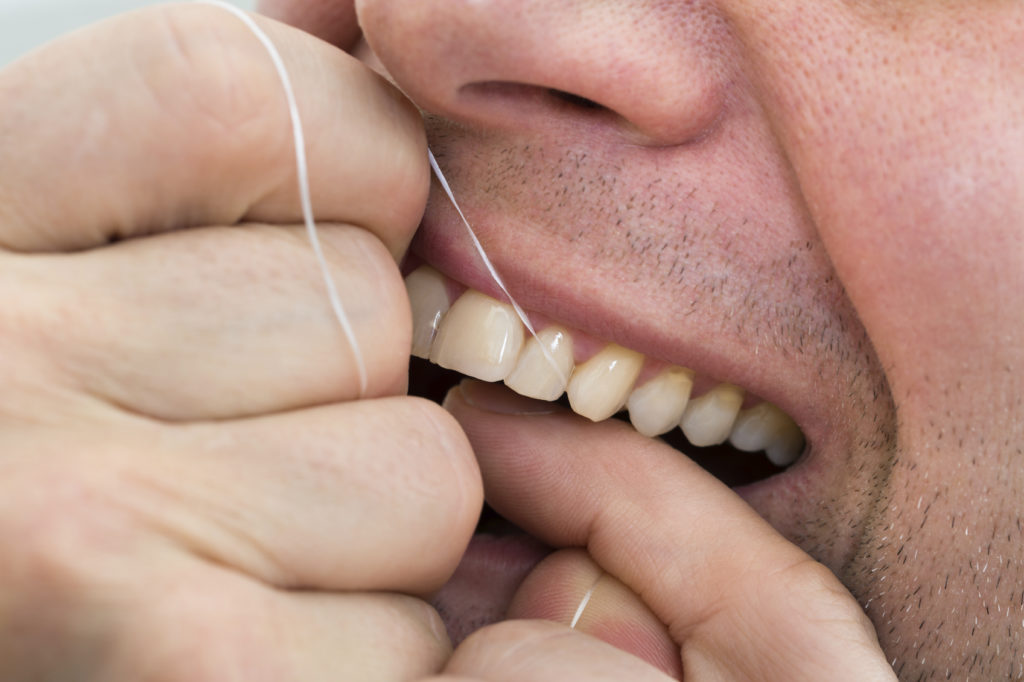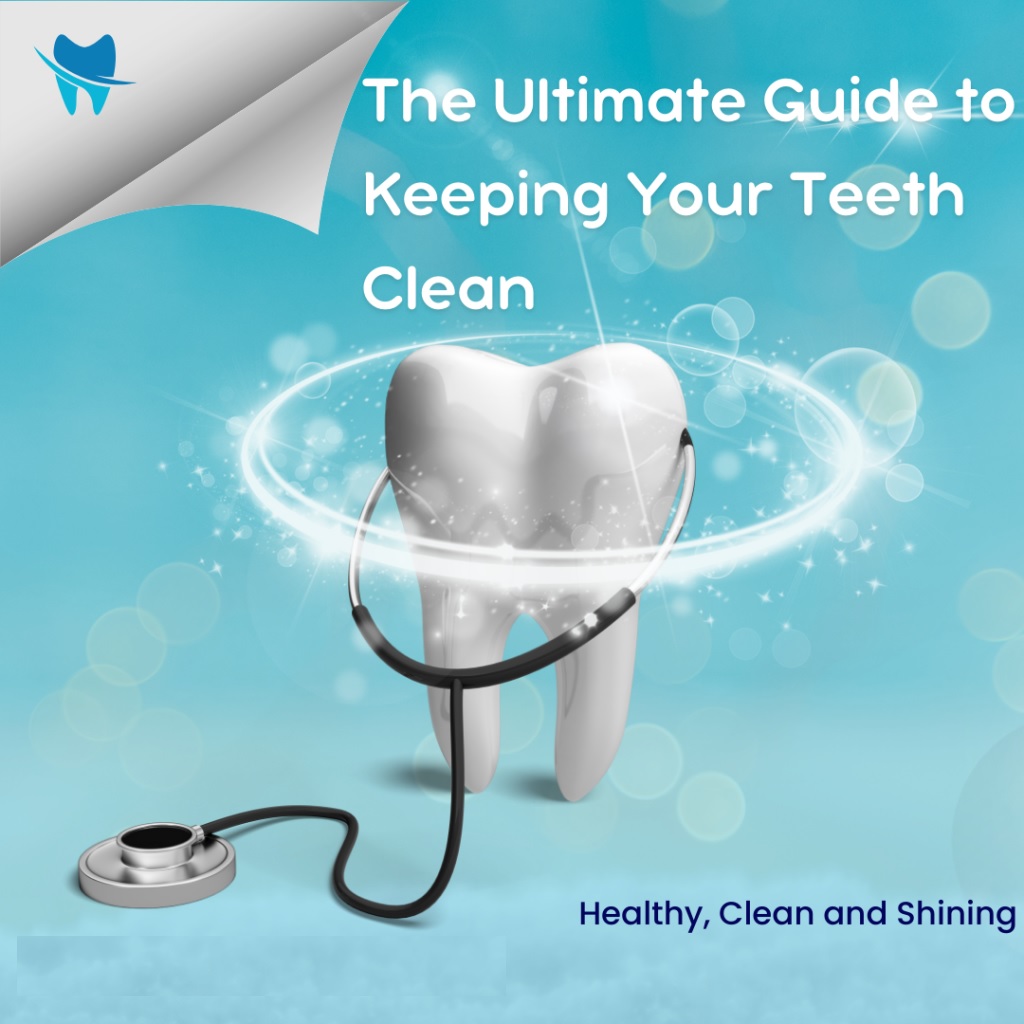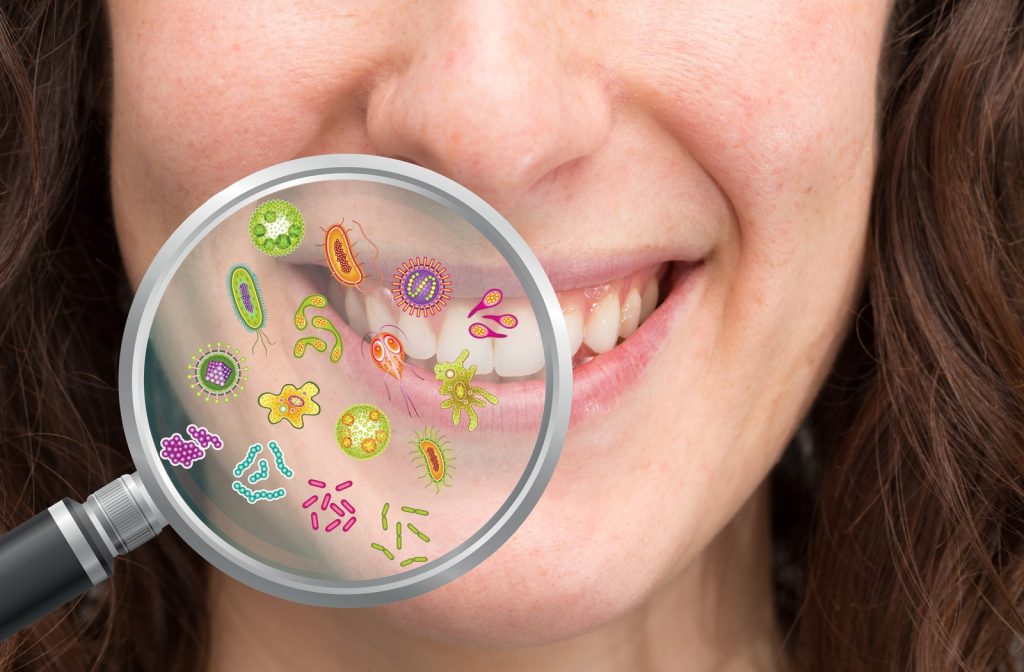when was toothpaste invented
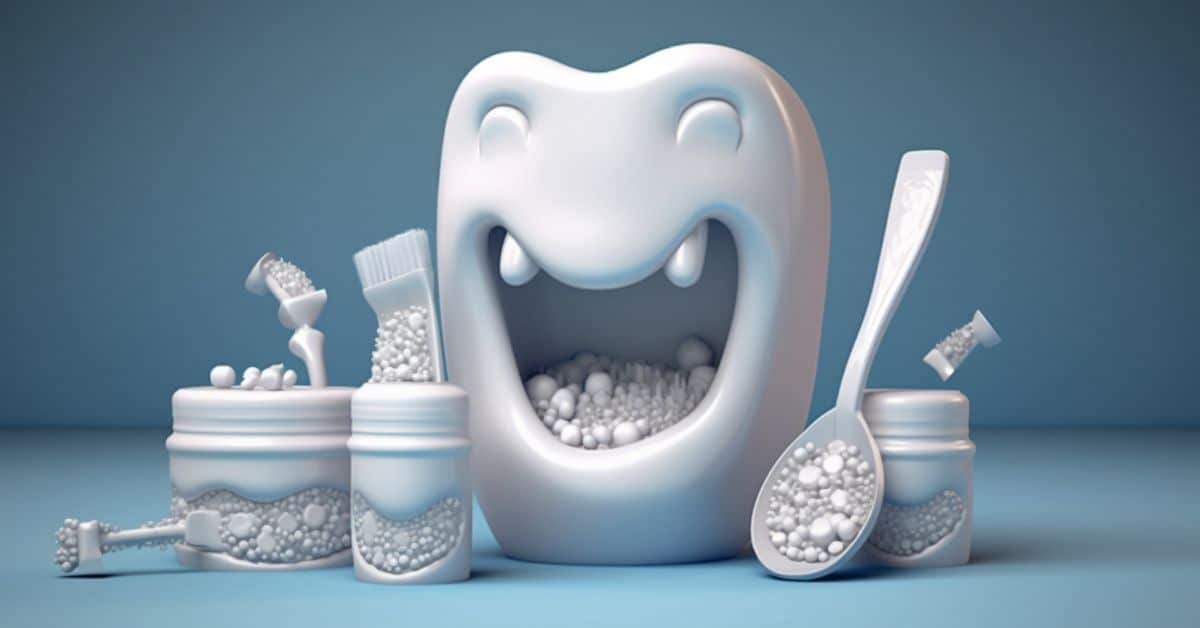
The History and Evolution of Toothpaste
Toothpaste is an essential component of modern oral hygiene, playing a crucial role in maintaining dental health and hygiene. But have you ever wondered when toothpaste was invented and how it evolved into the product we use today? This comprehensive exploration of the history of toothpaste will take you through its origins, development, and the scientific advancements that have shaped its formulation.
Ancient Origins of Toothpaste
The concept of toothpaste dates back to ancient civilizations, long before the advent of modern dental care. Here’s a journey through the early forms of toothpaste used by different cultures:
Ancient Egypt
Around 5000 BC, the ancient Egyptians were among the first to use a substance for cleaning their teeth. They created a tooth powder made from a mixture of crushed ox hooves’ ashes, burnt eggshells, and pumice. This early form of toothpaste was applied to teeth using a finger or a primitive form of a toothbrush. The Egyptians understood the importance of oral hygiene and believed that maintaining clean teeth and fresh breath was crucial for overall health and social interaction.
Ancient China and India
Around 500 BC, ancient Chinese and Indian cultures also developed their versions of tooth-cleaning substances. The Chinese used a variety of substances, including salt, ginseng, herbal mints, and pulverized oyster shells, to create tooth powders. They believed in the medicinal properties of these ingredients, which were also used to freshen breath and maintain oral health. The Indians, practicing Ayurveda, used a combination of herbal pastes and powders made from ingredients like neem, clove, and charcoal. These natural substances were valued for their antibacterial properties and ability to promote gum health.
Ancient Greece and Rome
In ancient Greece and Rome, people used abrasive tooth powders made from crushed bones, oyster shells, and powdered charcoal. They often added flavoring agents like myrrh and tree bark to improve the taste and breath freshening properties of these powders. The Romans, in particular, valued white teeth and fresh breath, making tooth cleaning a regular practice. They used toothpicks and even rinsed their mouths with urine, which contains ammonia, a natural cleaning agent.

Medieval Period
During the medieval period, the use of tooth powders continued, with recipes varying across different cultures. In Europe, tooth powders often included ingredients like burnt bread, salt, and herbs. However, these early formulations were still quite abrasive and could cause damage to the enamel if used excessively. In the Islamic world, the practice of using miswak, a teeth-cleaning twig derived from the Salvadora persica tree, was common. Miswak was praised for its natural antiseptic properties and effectiveness in maintaining oral hygiene.
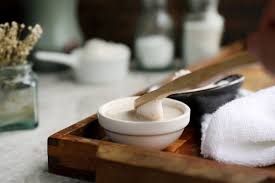
The Birth of Modern Toothpaste
The evolution of toothpaste took a significant turn in the 19th century with the advent of modern dental science and hygiene practices. Here are key milestones in the development of modern toothpaste:
Early 1800s
In the early 1800s, toothpaste began to be manufactured commercially in Britain. The first commercial toothpastes were sold in jars and were often called “dentifrices.” These early formulations included soap, chalk, and various flavorings to improve taste. Soap was used as a foaming agent, while chalk acted as a mild abrasive to remove plaque and stains.
Mid-1800s
The mid-1800s saw further advancements with the introduction of more effective and less abrasive ingredients. Dr. Washington Wentworth Sheffield, an American dentist, introduced a toothpaste in a collapsible tube in 1850. His formulation, known as “Dr. Sheffield’s Creme Dentifrice,” was one of the first to be sold in this convenient packaging, setting a precedent for modern toothpaste tubes. This innovation made toothpaste more hygienic and easier to use, paving the way for widespread adoption.
Late 1800s
By the late 1800s, toothpaste had become a more widely used product, thanks to improvements in dental science and increased awareness of oral hygiene. In 1873, Colgate & Company began mass-producing toothpaste in jars, and in 1896, they introduced the first toothpaste in a collapsible tube, similar to the ones we use today. This marked a significant shift towards modern toothpaste, making it more accessible and user-friendly.
The Introduction of Fluoride
The most significant advancement in toothpaste formulation came in the mid-20th century with the introduction of fluoride. Fluoride’s ability to strengthen tooth enamel and prevent cavities revolutionized dental care. Here’s how this breakthrough unfolded:
Early 1900s
In the early 1900s, researchers began investigating the link between fluoride and dental health. They discovered that people living in areas with naturally fluoridated water had fewer cavities. This observation led to extensive studies on the effects of fluoride on teeth and its potential as a preventive measure against tooth decay.
1940s
By the 1940s, this research led to the development of fluoride toothpaste. In 1950, Procter & Gamble introduced Crest, the first commercially available fluoride toothpaste, after years of research in collaboration with Indiana University. This product was a game-changer, offering a scientifically proven way to reduce cavities and promote dental health.
1950s and Beyond
The introduction of fluoride toothpaste marked a significant milestone in oral care. Fluoride toothpaste quickly gained popularity, and numerous studies confirmed its effectiveness in preventing tooth decay. By the 1960s, fluoride toothpaste had become a standard product in households around the world. Governments and health organizations endorsed its use, leading to widespread public acceptance and integration into daily dental routines.

Modern Toothpaste Formulations
Today, toothpaste formulations are more advanced than ever, offering a range of benefits beyond basic cleaning. Modern toothpastes are designed to address various oral health concerns, including:
Whitening
Whitening toothpastes contain mild abrasives and bleaching agents like hydrogen peroxide to help remove surface stains and brighten teeth. These toothpastes are popular among consumers seeking a whiter, more radiant smile without resorting to professional whitening treatments.
Sensitivity
Toothpastes for sensitive teeth contain compounds like potassium nitrate or stannous fluoride to help reduce sensitivity by blocking nerve pathways. These formulations provide relief for individuals who experience discomfort when consuming hot, cold, sweet, or acidic foods and beverages.
Tartar Control
Tartar control toothpastes include ingredients like pyrophosphates or zinc citrate to help prevent the formation of tartar, which can lead to gum disease. By inhibiting the calcification of plaque, these toothpastes reduce the risk of periodontal issues and maintain healthier gums.
Enamel Strengthening
Enamel-strengthening toothpastes contain additional fluoride and other minerals to help repair and strengthen tooth enamel, making it more resistant to decay. These toothpastes are particularly beneficial for individuals prone to cavities or with weakened enamel due to dietary habits or medical conditions.
Natural and Herbal
With the growing demand for natural products, many toothpaste brands now offer formulations with natural ingredients, such as baking soda, essential oils, and herbal extracts, while still providing the benefits of fluoride. These toothpastes cater to consumers seeking a more holistic approach to oral care, free from synthetic additives and artificial flavors.
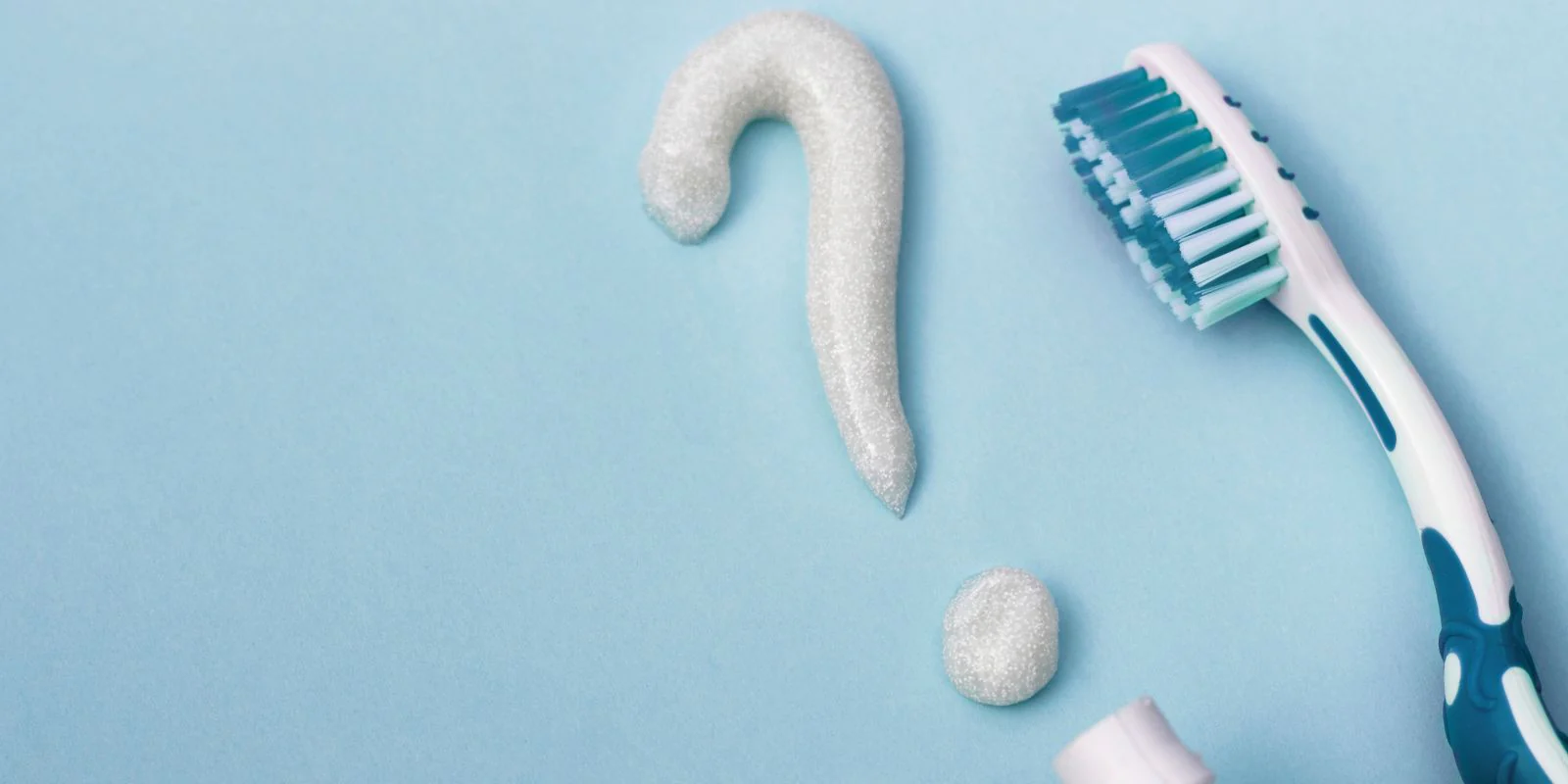
Choosing the Right Toothpaste
Selecting the right toothpaste involves considering your specific oral health needs and preferences. Here are some tips to help you make an informed choice:
Identify Your Oral Health Needs
Consider any specific dental issues you may have, such as sensitivity, staining, or a history of cavities. Choose a toothpaste that addresses these concerns.
Check the Fluoride Content
Ensure the toothpaste contains an appropriate amount of fluoride. Most adult toothpastes contain between 1,000 and 1,500 ppm (parts per million) of fluoride, which is effective for cavity prevention.
Look for ADA Approval
The American Dental Association (ADA) Seal of Acceptance indicates that the toothpaste meets rigorous standards for safety and effectiveness. Choosing an ADA-approved toothpaste ensures you are using a product that is both safe and effective.
Consider Your Preferences
Flavor, texture, and brand preference can also influence your choice. Finding a toothpaste that you enjoy using can encourage consistent oral care habits.
Consult Your Dentist
Your dentist can provide personalized recommendations based on your dental history and current oral health status. Regular dental check-ups allow your dentist to monitor your oral health and adjust their recommendations as needed.
How to Use Toothpaste Effectively
Using toothpaste correctly is essential to reap its full benefits. Here are some guidelines for effective use:
Brush Twice Daily
Brush your teeth at least twice a day, ideally in the morning and before bed. This helps to remove plaque and prevent cavity formation.
Use the Right Amount
For adults, a pea-sized amount of toothpaste is sufficient. Children under the age of six should use a smaller, rice-sized amount to minimize the risk of swallowing too much fluoride.
Brush Properly
Use a soft-bristled toothbrush and brush all surfaces of your teeth, including the front, back, and chewing surfaces. Use gentle, circular motions to effectively remove plaque without damaging your enamel or gums.
Don’t Rinse Immediately
After brushing, spit out the toothpaste but avoid rinsing your mouth immediately. This allows the fluoride to remain on your teeth longer, enhancing its protective effects.
Floss Daily
In addition to brushing, floss daily to remove plaque and food particles from between your teeth and under the gumline. This complements the benefits of toothpaste and promotes overall oral health.
Common Misconceptions About Toothpaste
Despite its proven benefits, toothpaste is sometimes the subject of misconceptions. Here are some common myths and the facts that dispel them:
Myth: Fluoride is Dangerous
Fact: When used in appropriate amounts, fluoride is safe and highly effective in preventing tooth decay. The levels of fluoride in toothpaste and public water supplies are carefully regulated to ensure safety.
Myth: Natural Toothpaste Without Fluoride is Better
Fact: While natural toothpastes may appeal to those seeking fewer synthetic ingredients, they often lack fluoride, which is essential for preventing cavities. It’s important to balance natural preferences with the proven benefits of fluoride.
Myth: More Toothpaste Means Better Cleaning
Fact: Using more than the recommended amount of toothpaste does not enhance cleaning and can lead to unnecessary ingestion of fluoride, especially in children. A pea-sized amount is sufficient for effective cleaning.
Myth: Whitening Toothpaste Can Replace Professional Whitening
Fact: While whitening toothpastes can help remove surface stains, they are not as effective as professional whitening treatments for deeper discoloration. For significant whitening, consult your dentist for professional options.
The Future of Toothpaste
The future of toothpaste is likely to see further innovations as science and technology continue to advance. Here are some potential trends and developments:
Personalized Toothpaste
Advances in biotechnology could lead to the development of personalized toothpaste formulations tailored to an individual’s specific oral health needs and genetic makeup. These customized products could provide more targeted and effective care.
Smart Toothpaste
The integration of smart technology into oral care products could lead to the development of “smart” toothpaste that can monitor oral health indicators and provide real-time feedback to users. This could revolutionize how we manage our oral health and detect issues early.
Sustainable Packaging
With increasing awareness of environmental issues, toothpaste manufacturers are likely to focus on sustainable packaging solutions, such as biodegradable or recyclable tubes and minimalistic packaging designs. This shift could reduce the environmental impact of oral care products.
Advanced Active Ingredients
Research into new active ingredients could result in toothpastes that offer even more targeted benefits, such as enhanced antimicrobial properties or improved remineralization capabilities. These advancements could further improve the effectiveness of toothpaste in maintaining oral health.
Conclusion
Toothpaste has come a long way from its ancient origins as rudimentary tooth powders to the sophisticated formulations we use today. The invention and evolution of toothpaste reflect significant advancements in dental science and a growing understanding of the importance of oral hygiene. With ongoing research and innovation, the future of toothpaste promises even greater benefits for maintaining and improving our oral health.
From the ancient Egyptians to modern-day innovations, the journey of toothpaste is a testament to humanity’s continuous quest for better health and hygiene. Today, fluoride toothpaste remains a vital tool in the fight against tooth decay, ensuring that millions of people around the world can enjoy healthier, brighter smiles.
By understanding the history and development of toothpaste, we can appreciate the remarkable progress made in oral care and continue to prioritize our dental health with the best products available.
When Did Humans Start Using Toothpaste?
Humans have used various forms of toothpaste-like substances for thousands of years. The earliest known use dates back to ancient civilizations:
- Ancient Egyptians: Around 5000 BC, Egyptians used a mixture called “dentrifice” which included ingredients like powdered ox hooves, myrrh, crushed eggshells, and pumice. This mixture was used to clean teeth and maintain oral hygiene.
- Ancient Greeks and Romans: They improved upon the Egyptian formula by adding abrasives like crushed bones and oyster shells to their toothpaste-like substances. Romans also added flavoring agents such as charcoal and bark to improve the taste.
- Ancient Chinese and Indian Civilizations: Around 500 BC, these cultures used herbal and salt-based mixtures. The Chinese added ingredients like ginseng, mints, and salt to their dental concoctions, while in India, a variety of herbs and spices were used in a practice known as “dant manjan.”
The modern form of toothpaste as we know it began to take shape in the 19th century. The first mass-produced toothpaste was developed by Colgate in 1873, which was initially sold in jars before the introduction of the toothpaste tube in the early 20th century.
How Did People Brush Their Teeth Before Toothpaste?
Before the invention of modern toothpaste, people used various methods and natural substances to clean their teeth:
- Chewing Sticks: The ancient Egyptians, Babylonians, Greeks, and Romans used chewing sticks, often from aromatic trees, to clean their teeth. These sticks, known as “miswak” in the Islamic world, are still used today for their antibacterial properties.
- Rinsing and Scraping: Ancient civilizations like the Greeks and Romans often rinsed their mouths with water or mixtures containing vinegar or salt. They also used toothpicks and scrapers made of wood, bone, or metal to remove food particles and plaque.
- Herbal and Mineral Powders: Many cultures used herbal and mineral powders as early forms of toothpaste. These included ingredients like crushed shells, bones, charcoal, and various herbs and spices. The powders were often rubbed onto the teeth using fingers or cloth.
- Salt and Baking Soda: In the 18th and 19th centuries, people commonly used a mixture of salt and baking soda to clean their teeth. These ingredients acted as mild abrasives and were effective in removing plaque and freshening breath.
Who First Invented Toothpaste?
The concept of toothpaste has evolved over millennia, but the invention of modern toothpaste can be attributed to several key developments:
- Ancient Civilizations: The Egyptians, Greeks, and Romans created early forms of toothpaste using a variety of natural ingredients. While these ancient formulas laid the groundwork, they were quite different from modern toothpaste.
- 19th Century Innovations: The modern toothpaste we use today began to take shape in the 19th century. In 1824, a dentist named Peabody added soap to his tooth powder, making it more effective in cleaning teeth. Later, in the 1850s, Dr. Washington Wentworth Sheffield, an American dentist, introduced a paste version of toothpaste in a jar, which was more convenient and hygienic than powder.
- Colgate: In 1873, Colgate began mass-producing toothpaste in jars, marking a significant milestone in the commercialization of toothpaste. In the early 20th century, Colgate introduced toothpaste in collapsible tubes, which became the standard packaging still used today.
When Did Brushing Teeth Become Normal?
The practice of brushing teeth has a long history, but it became a widespread daily habit relatively recently:
- Ancient Practices: As mentioned earlier, various ancient civilizations had their methods for cleaning teeth, but these practices were not universally adopted or standardized.
- Medieval and Renaissance Europe: Oral hygiene practices varied widely, and many people did not brush their teeth regularly. Wealthy individuals might use toothpicks, cloths, or rudimentary toothbrushes, but daily brushing was not a common habit.
- 18th and 19th Centuries: The invention of more effective toothbrushes and the development of toothpaste in the 19th century gradually made brushing more common. However, it was still not a widespread daily habit.
- Early 20th Century: The introduction of mass-produced toothbrushes and toothpaste, along with increased public awareness of oral hygiene, helped promote the practice of brushing teeth. Schools and public health campaigns began educating people about the importance of oral hygiene.
- Post-World War II: The practice of brushing teeth daily became more normalized after World War II. The U.S. Army’s emphasis on oral hygiene for soldiers during the war contributed to this change. Upon returning home, soldiers continued the habit, and it spread to the general population.
- Modern Day: Today, brushing teeth at least twice a day with fluoride toothpaste is a standard recommendation by dental professionals worldwide, and the practice is widely adopted in many countries.
In conclusion, the journey from early dental powders to modern toothpaste and the widespread habit of brushing teeth reflects the evolution of dental hygiene practices over thousands of years. The efforts of ancient civilizations, innovations in the 19th century, and public health campaigns in the 20th century have all contributed to making tooth brushing a daily norm.
4o

